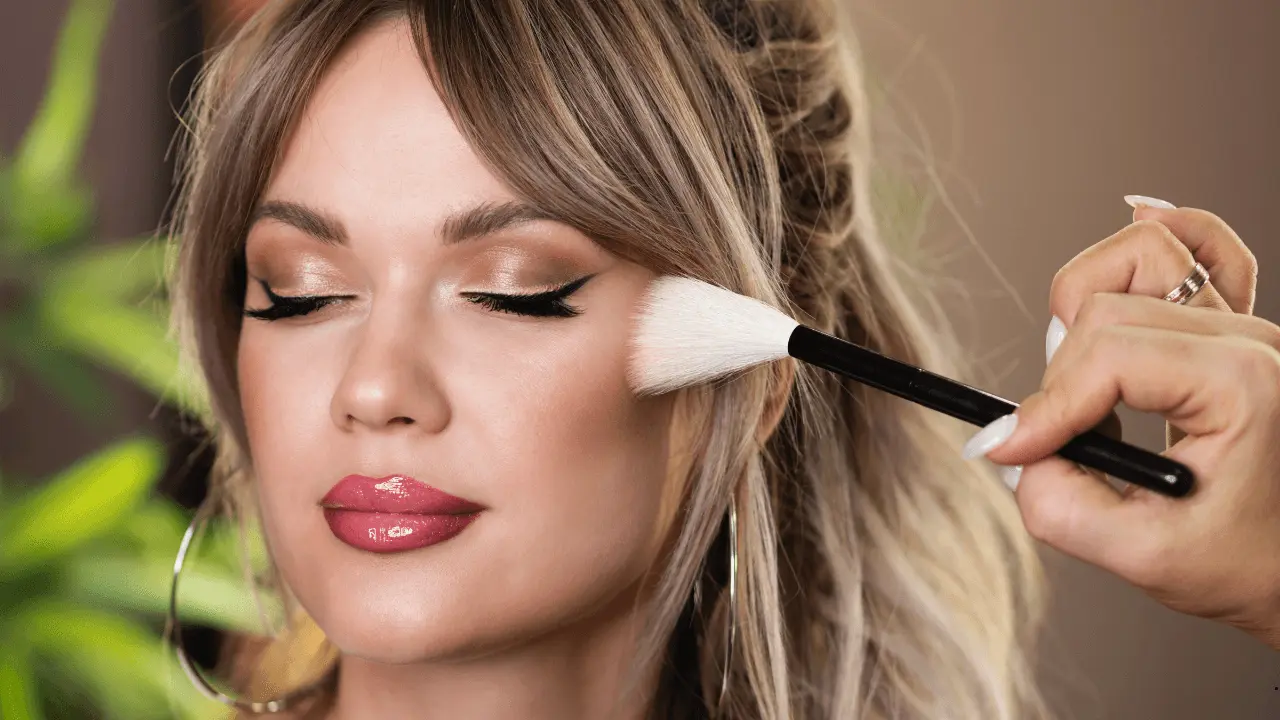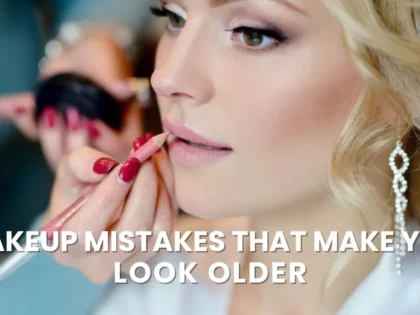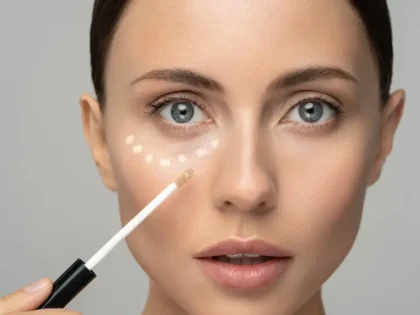Makeup Tips for Covering Acne Scars and Blemishes

For Distributors & Wholesalers
We welcome partnerships with distributors and wholesalers who wish to expand their business with a trusted and growing cosmetic brand.
Why Partner with Avlon International?
- Wide range of cosmetics: Nail polish, mascara, kajal, eyeliner, liquid lipstick, lipstick & more.
- Premium quality with competitive wholesale pricing.
- Attractive margins and fast-moving products.
- Assured support with marketing materials & promotional offers.
- PAN India shipping with secure packaging.
📦 Minimum Order Quantity (MOQ): 1 master carton (72 trays)
💰 Special Discounts: Available for bulk & long-term partners.
🚚 Dispatch & Delivery: PAN India in around 10-15 days.
📞 Contact Us:
Phone / WhatsApp: +91 88105 67775
Email: contactus@avloninternational.com
Website: www.avloninternational.com
Tips for Covering Acne Scars and Blemishes
Acne scars and blemishes can be a source of frustration for many, but with the right makeup techniques, you can achieve a flawless, radiant complexion. Whether you’re dealing with old scars or a fresh breakout, covering imperfections is possible without feeling like you’re piling on too much makeup. In this comprehensive guide, we’ll explore the best makeup tips for covering acne scars and blemishes, helping you boost your confidence and look your best.
You may also like:
1. Start with a Good Skincare Routine
Before diving into makeup, it’s essential to prepare your skin. Healthy skin provides the perfect canvas for makeup application and helps prevent further irritation.
a. Cleanse and Exfoliate
A gentle, oil-free cleanser will help remove dirt, oil, and dead skin cells, preventing further breakouts. Exfoliating 2-3 times a week ensures your skin is smooth, which is important for makeup to adhere properly and blend seamlessly.
b. Hydrate with a Good Moisturizer
Even if you have acne-prone skin, hydration is key. A lightweight, non-comedogenic moisturizer that won’t clog your pores is ideal. Moisturizing ensures that your foundation doesn’t cling to dry patches or settle into scars.
c. Apply Sunscreen
UV exposure can darken acne scars and make them more visible. Always apply a broad-spectrum sunscreen of at least SPF 30 before applying your makeup. Many makeup products now include SPF, but using a dedicated sunscreen is always the best option.
2. Prime Your Skin for a Smooth Canvas
A makeup primer is essential for anyone dealing with acne scars or blemishes. It not only helps smooth out your skin’s texture but also ensures that your makeup lasts all day without slipping or settling into imperfections.
a. Use a Smoothing Primer
For acne scars, especially those with uneven texture, opt for a silicone-based primer. These primers help fill in scars and create a smooth surface for your foundation. Look for primers labeled as “blurring” or “pore-filling,” which can help minimize the appearance of scars.
b. Color-Correct Before Applying Foundation
If you have red acne scars or hyperpigmentation, using a color-correcting primer can make a world of difference. Green-tinted primers are excellent for neutralizing redness, while peach or orange correctors work best for dark spots on medium to deep skin tones.
3. Choose the Right Foundation for Your Skin
When it comes to covering acne scars and blemishes, the right foundation can be transformative. However, it’s important to choose a formula that offers sufficient coverage while being kind to acne-prone skin.
a. Opt for Full-Coverage or Buildable Foundation
If you want to cover acne scars, a full-coverage foundation is your best bet. However, if you prefer a lighter feel, opt for a buildable foundation that allows you to layer more product where needed without looking cakey. Look for foundations labeled as “non-comedogenic” to avoid clogging pores and worsening breakouts.
b. Match Your Undertone
When choosing a foundation, make sure it matches your skin tone and undertone perfectly. A foundation that’s too light or dark will make blemishes stand out rather than blend into your skin.
c. Apply with a Damp Sponge
For the smoothest application, use a damp beauty sponge to apply your foundation. The sponge helps blend the product seamlessly into the skin, providing an airbrushed effect without disturbing the primer underneath. Patting motions are ideal for building coverage over scars and blemishes.
4. Conceal with Precision
Concealer is your secret weapon when it comes to covering acne scars and blemishes. The key is knowing how to apply it effectively without making the area look heavy or cakey.
a. Choose a High-Coverage Concealer
When covering acne scars, you’ll need a high-coverage concealer that’s long-wearing and won’t budge throughout the day. Cream or liquid concealers tend to work best for blending over scars.
b. Use a Small, Dense Brush for Spot Concealing
Instead of using a large brush or sponge, use a small, dense concealer brush to apply the product directly to your scars or blemishes. This allows for precise application, ensuring that the concealer targets only the areas that need extra coverage.
c. Apply in Layers
Don’t try to cover everything in one go. Apply a thin layer of concealer over the scar, blend it out, and then repeat if necessary. Building coverage gradually will give you a natural finish while fully covering the imperfection.
5. Set Your Makeup for Longevity
Once you’ve applied your foundation and concealer, setting your makeup is crucial to ensuring it stays put throughout the day, especially on acne-prone skin that can produce oil and cause makeup to slip.
a. Use a Translucent Setting Powder
A finely milled translucent setting powder helps lock your foundation and concealer in place without adding extra texture or color. Lightly dust the powder over areas where you’ve applied concealer to prevent creasing and absorb any excess oil throughout the day.
b. Set with a Makeup Setting Spray
Setting sprays help meld all your makeup layers together for a seamless, long-lasting finish. For acne-prone or oily skin, choose a setting spray with mattifying properties that help control shine while ensuring your makeup lasts all day.
6. Add Dimension Back to Your Face
Once your base is flawless, it’s time to bring dimension and life back to your face with bronzer, blush, and highlighter. These steps help divert attention from imperfections while giving you a healthy, radiant glow.
a. Contour and Bronze Lightly
Use a matte bronzer to softly contour your face. Applying it along your cheekbones, forehead, and jawline adds warmth and structure to your face. Avoid overly shimmery bronzers, as they can emphasize texture and scars.
b. Choose a Soft Blush
Blush can help distract from acne scars and brighten your complexion. Stick to natural, soft shades like peach or rose, which blend seamlessly into the skin. Apply blush to the apples of your cheeks and blend upward for a lifted appearance.
c. Highlight with Caution
Highlighter can give your skin a beautiful glow, but be cautious when applying it over areas with texture. Stick to cream or liquid highlighters, which tend to blend better over scars, and apply sparingly to the high points of your face, such as your cheekbones and the bridge of your nose.
7. Touch-Up Techniques Throughout the Day
Even with the best products, you may need to touch up your makeup throughout the day to maintain a flawless look, especially if you have oily or acne-prone skin.
a. Blotting Papers
Blotting papers are great for absorbing excess oil without disturbing your makeup. Press them gently onto areas prone to shine, like your T-zone, to keep your skin looking fresh and matte.
b. Compact Powder
If you notice your concealer or foundation fading throughout the day, keep a compact powder with you for quick touch-ups. A powder foundation can provide extra coverage while keeping oil under control.
Conclusion
Covering acne scars and blemishes doesn’t have to be difficult. With the right skincare, makeup products, and techniques, you can achieve a smooth, flawless complexion that lasts all day. Remember, it’s not about masking your skin, but enhancing your natural beauty while boosting your confidence.
By following these makeup tips, you’ll be able to cover any imperfections and create a radiant, even-toned base that will leave you feeling fabulous!
FAQ’s:
1. Can makeup cover acne scars effectively?
2. What type of foundation is best for covering acne scars?
3. How do I prevent makeup from settling into acne scars?
4. Can I use color correctors for acne scars?
5. What’s the best way to apply concealer on acne scars?
6. How can I make my makeup last all day?
7. What should I do if my makeup starts to fade during the day?
📌 Disclaimer
The information provided in this blog is for general informational purposes only. While Avlon International makes every effort to ensure the accuracy and reliability of the information shared, we make no representations or warranties of any kind, express or implied, about the completeness, accuracy, reliability, suitability, or availability with respect to the content.
Any reliance you place on such information is therefore strictly at your own risk. Avlon International shall not be held liable for any loss, damage, or inconvenience arising in connection with the use of this blog or its content.
For official details regarding our products, distributor policies, or business partnerships, please contact us directly at WhatsApp +91 88105 67775.




